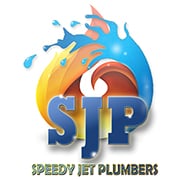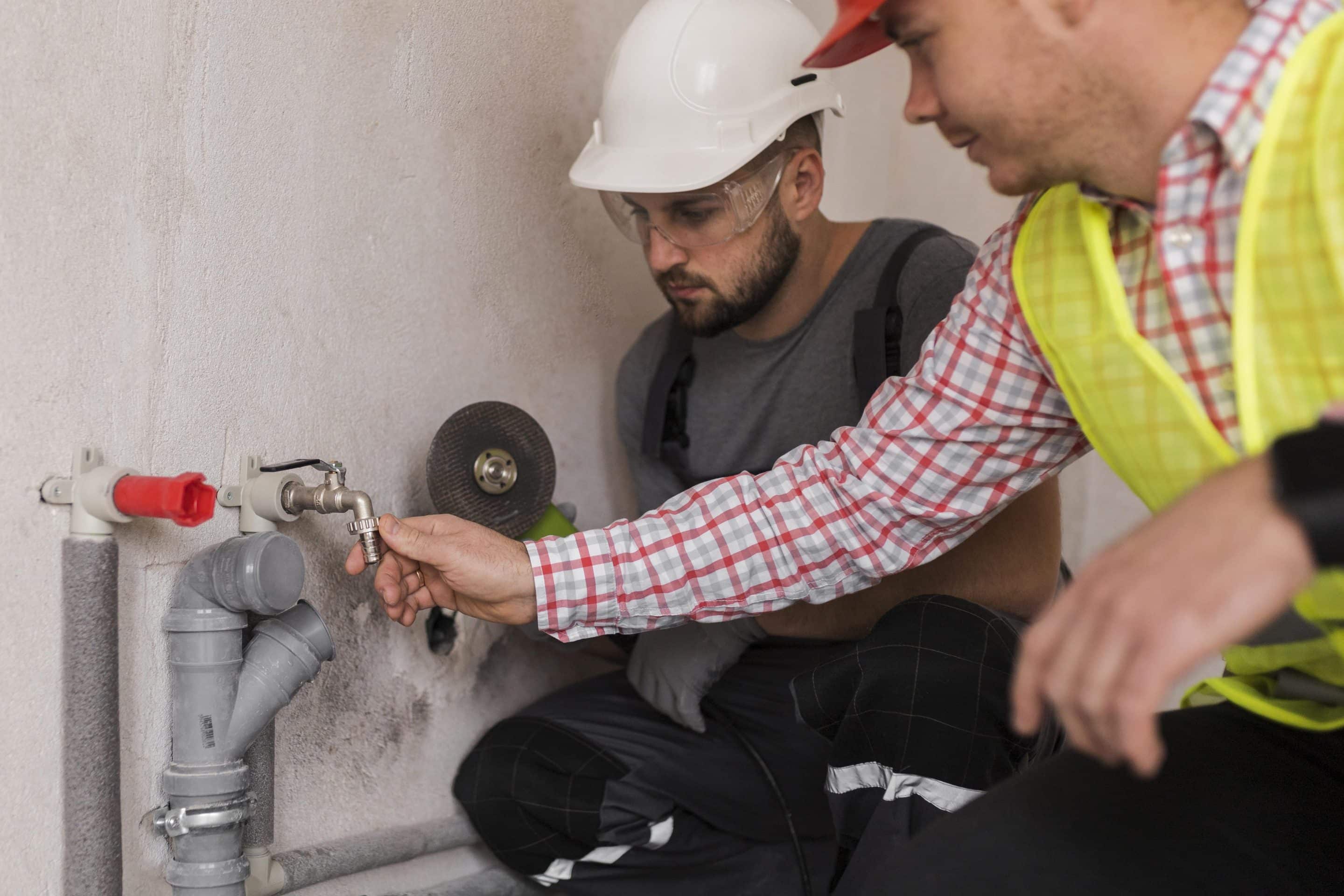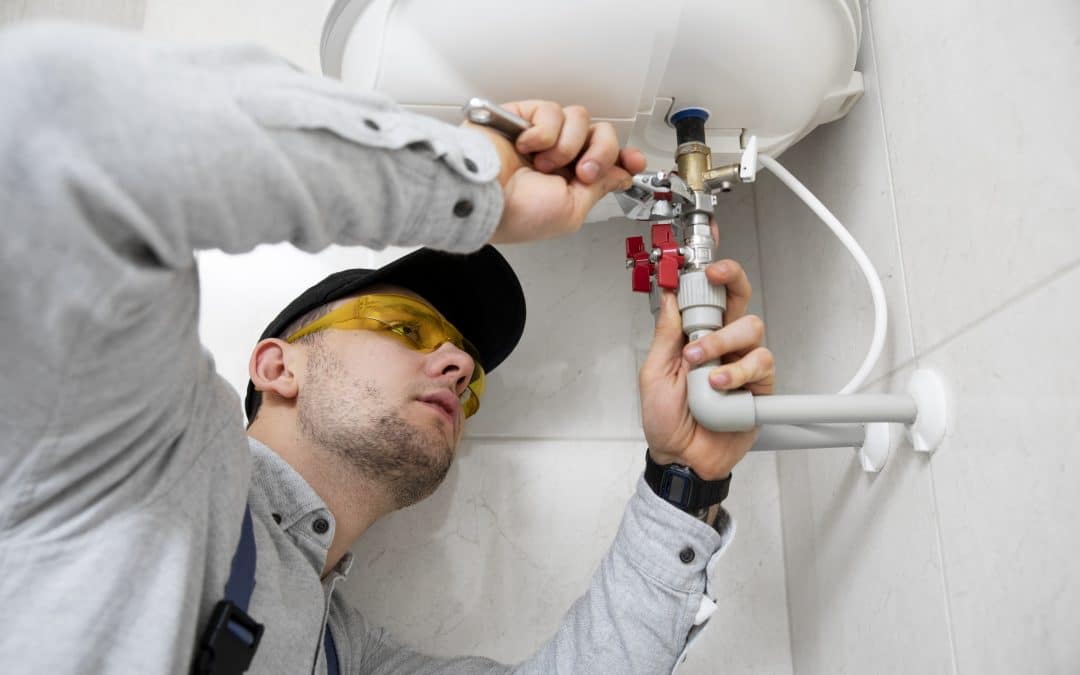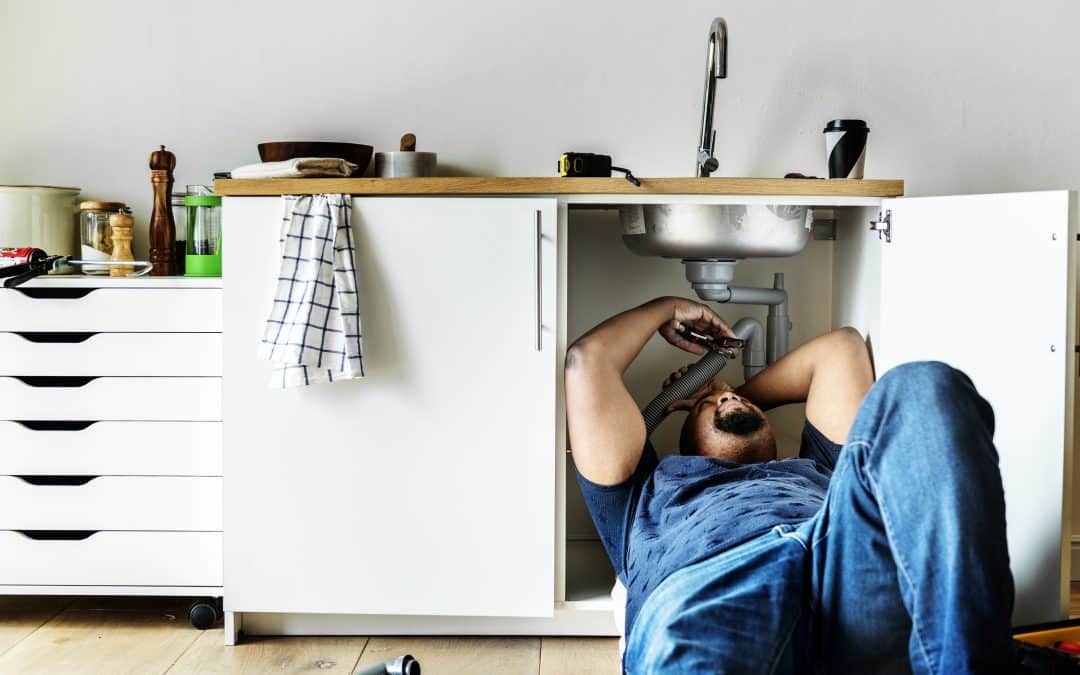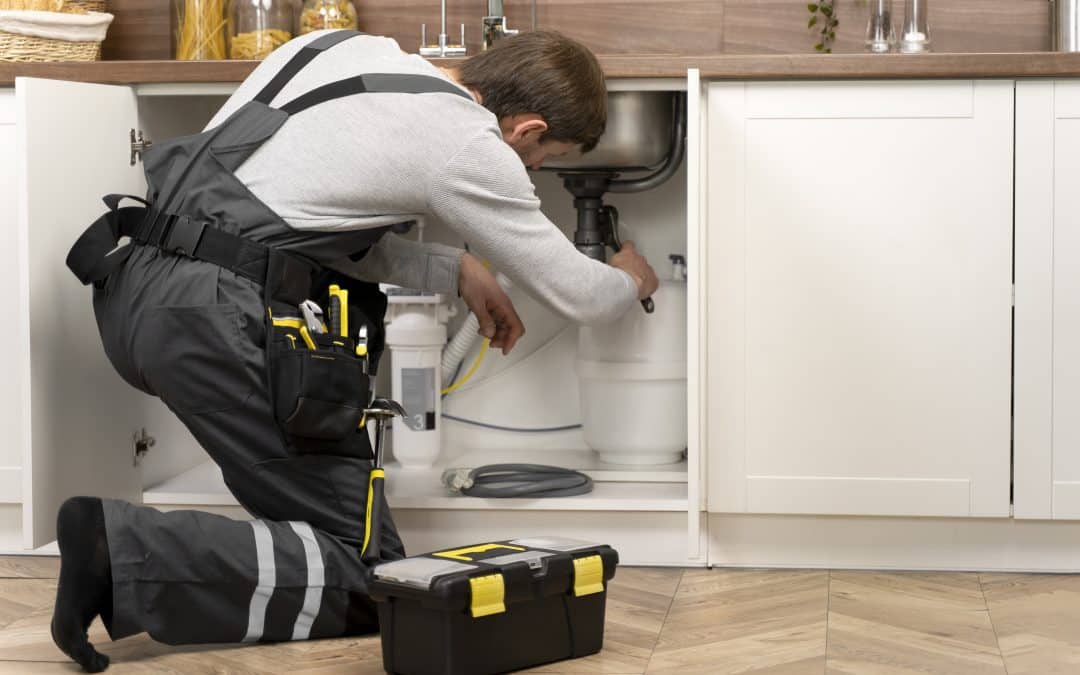Buying a property is often one of the most expensive commitments in a person’s life. Whether you’re a first-time buyer, an experienced investor, or a landlord expanding your portfolio, the excitement of a deal can sometimes overshadow essential due diligence. Most buyers will happily pay for building surveys, electrical inspections, or valuation reports, but many overlook a hidden yet critical component: the drainage system.
Your drains are hidden away beneath floors, gardens, and pavements. While they are out of sight, any problems lurking within can have serious consequences — from unpleasant odours and blockages to structural damage and foundation erosion. And because these issues are usually invisible without specialist equipment, you may not realise they exist until the repair bill arrives — often costing thousands.
A CCTV drain survey is one of the most effective tools available to detect these problems before they spiral into major expenses. Using advanced drain inspection camera technology, it can reveal the true condition of your drains without any digging or mess. In this blog, we’ll break down exactly how these surveys work, what problems they uncover, and why having one carried out before you buy a property can save you a small fortune.
What Is a CCTV Drain Survey?
A CCTV drain survey is a specialist inspection that uses waterproof cameras to capture live video footage of your drainage system’s interior. This allows engineers to assess the health of your drains in a way that traditional inspections can’t match.
Unlike standard visual checks, where an engineer might simply lift a manhole and look inside, a CCTV drain survey gives a comprehensive, 360-degree view of your pipework — even the sections buried several metres underground. These cameras are mounted on flexible rods or remote-controlled crawlers, enabling them to navigate bends, joints, and long runs without disturbance.
The results are recorded and compiled into a drainage diagnostics report, which includes:
- Video footage and still images of problem areas
- Clear descriptions of defects and their locations
- A severity rating for each issue
- Recommendations for repairs or maintenance
Because the process is non-invasive, there’s no need to dig up floors or gardens, making it faster, cleaner, and far less disruptive than exploratory excavation.
How Does a CCTV Drain Survey Work?
While the technology might seem complex, the process is straightforward when handled by trained professionals.
Step 1 – Consultation and Background
Before the inspection begins, the drainage engineer will ask you about any known history of drainage problems. Even if you have no complaints, they will note the property type, age, and layout to plan the best inspection route.
Step 2 – Access Point Location
The engineer identifies entry points such as inspection chambers, rodding eyes, or gully covers. Choosing the right entry point is crucial to ensure the camera travels the maximum length of the pipe without obstruction.
Step 3 – Camera Insertion
The drain inspection camera is introduced into the pipe. For small household drains, this may be done with a push rod; for larger commercial or deep systems, remote-controlled crawlers are used.
Step 4 – Live Footage Review
As the camera travels through the pipes, high-definition video feeds back to a monitor. Engineers can spot and record any abnormalities in real time, pausing to take close-up images when necessary.
Step 5 – Drainage Diagnostics and Root Cause Analysis
Every issue is analysed for both its visible characteristics and potential causes. For example, a crack might be linked to soil movement or heavy vehicle traffic above.
Step 6 – Mapping and Reporting
Using sonar or digital mapping tools, engineers pinpoint the exact location of any problems. The final report contains this mapped information alongside repair recommendations.
The result is an accurate, fully documented understanding of your drains’ condition, empowering you to make informed decisions about repairs, negotiations, or future maintenance.
Why This Matters for Property Buyers and Investors
When you buy a property, you inherit its drainage system and all its problems — whether you know about them or not.
For residential buyers, undiscovered defects can lead to unpleasant surprises soon after moving in: blocked toilets, foul smells, or even flooding. For investors and landlords, the stakes are higher. Poor drainage can lead to tenant complaints, emergency repairs, and property damage that reduces rental yield and resale value.
Consider these scenarios:
- You buy a house for £250,000 and later discover a collapsed drain costing £5,000 to repair.
- A small, unnoticed leak under the driveway leads to subsidence, requiring £12,000 in structural work.
- Tree roots invade a drain, causing repeated blockages and £1,000+ in callouts every year.
By conducting a CCTV drain survey before purchase, you can either have the seller fix the issues or negotiate a lower price to cover repair costs.
Common Problems Found During CCTV Drain Surveys
CCTV inspections often reveal hidden issues that even long-term occupants weren’t aware of. Here’s what engineers frequently find:
Tree Root Intrusion
Roots are naturally drawn to water and nutrients. Even a hairline crack in a pipe can become an entry point, leading to blockages, damage, and costly excavation if left untreated.
Collapsed or Deformed Pipes
Ground movement, heavy vehicles, or construction activity can crush or distort pipes. This not only blocks flow but can lead to structural weakening of nearby foundations.
Misaligned Joints
Over time, sections of pipe can shift apart. Gaps allow soil and debris in, while wastewater seeps out — causing erosion and instability.
Fat, Oil, and Grease (FOG) Build-Up
Kitchen waste can solidify inside pipes, narrowing the passage until blockages occur. This is especially common in rental properties with high kitchen use.
Cracks and Fractures
Small cracks may start as harmless, but they allow leaks and pest entry. Over time, water escaping into surrounding soil can cause damp, mould, and even subsidence.
Corrosion
Metal pipework — particularly cast iron — is prone to rusting from the inside out, reducing pipe diameter and structural strength.
How a CCTV Drain Survey Saves You Thousands
Avoiding Emergency Repairs
Emergency drainage repairs are almost always more expensive than planned maintenance. Early detection can save you from urgent callout fees, excavation, and property damage.
Preventing Property Damage
Leaks under floors or in gardens can weaken foundations, damage flooring, and lead to expensive structural repairs.
Negotiating a Better Price
If the survey uncovers problems, you can use the findings to renegotiate with the seller — potentially saving thousands off the purchase price.
Maintaining Asset Value
A property with well-maintained drainage is more attractive to future buyers, especially if you can provide a clean survey report.
The Speedy Jet Plumbers Advantage
At Speedy Jet Plumbers, we specialise in thorough, professional CCTV drain surveys. Our services include:
- High-definition rotating cameras for maximum coverage
- Sonar tracking for pinpoint problem location
- Video and image reports for your records or negotiations
- Follow-up repair services to resolve identified issues
Our engineers are trained to spot not just obvious blockages, but the subtle warning signs that could become future problems.
When to Book a CCTV Drain Survey
It’s wise to consider a CCTV drain survey in these situations:
- Before buying a property — to identify hidden issues
- Before major renovations — to ensure your drains can handle new demands
- After flooding or subsidence — to check for unseen damage
- If you experience recurring blockages or bad smells
- For routine maintenance — especially in older homes
Drain Maintenance Tips to Avoid Future Problems
While a CCTV drain survey is an excellent diagnostic tool, prevention is even better. Here are some simple steps to keep your drains healthy:
- Dispose of cooking fats in the bin, not down the sink.
- Use drain guards to catch hair, food, and other debris.
- Avoid flushing wipes, cotton buds, and sanitary items.
- Keep outdoor drains clear of leaves and debris.
- Arrange periodic inspections for older properties.
Conclusion
A CCTV drain survey isn’t just a box to tick — it’s a smart investment that can prevent unexpected costs, protect property value, and provide peace of mind. Whether you’re buying your first home, adding to your investment portfolio, or simply maintaining your current property, early detection of drainage issues is always cheaper and easier than fixing them after they escalate.
At Speedy Jet Plumbers, we combine advanced camera technology
